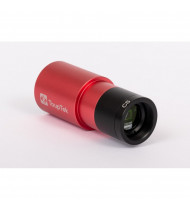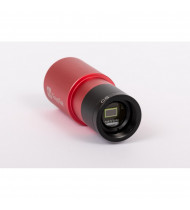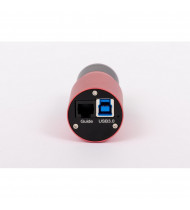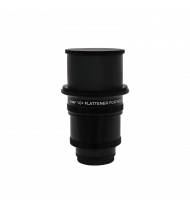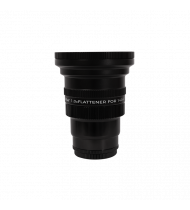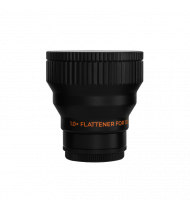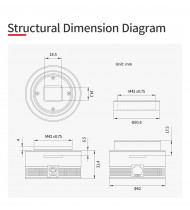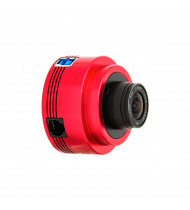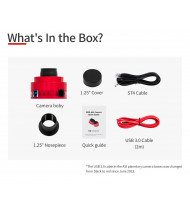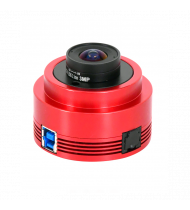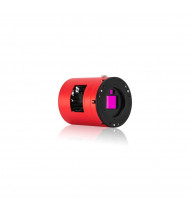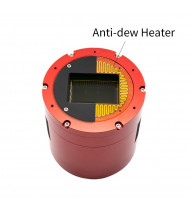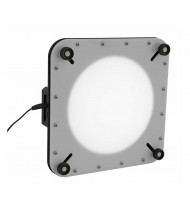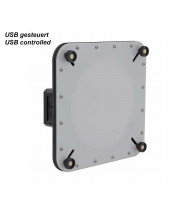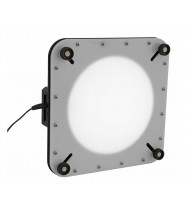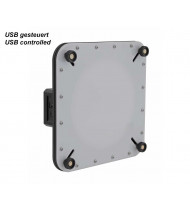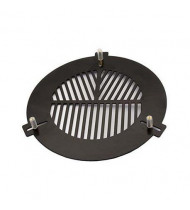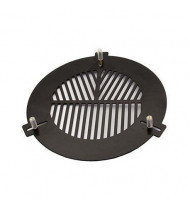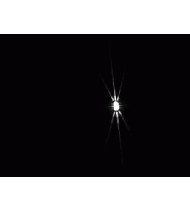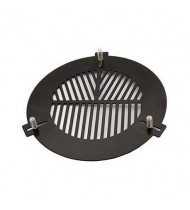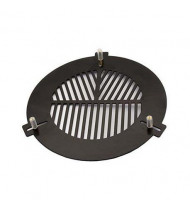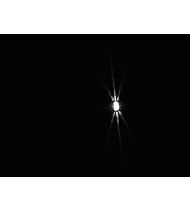Search results for 'radio marine no'
ToupTek 2210M Mono Camera
Regular Price: US$ 274.80
US$ 257.02
The small ToupTek 2210 offers optimal performance for planetary imaging and driving. Low readout noise, high dynamic range, peak QE>750%, AR protection window and much more! It uses the SMARTSENSE SC2210 1/1.8" sensor and has 1920x1080 pixels while the pixel size is 4.00 μm.ToupTek 678M Mono Camera
Regular Price: US$ 310.38
US$ 283.70
The small ToupTek 678M offers optimal performance for planetary imaging and driving. Low readout noise, high dynamic range, peak QE >83%, AR protection window and much more!
This camera weighs only 90g and has a 31.8mm barrel! 3840x2160 pixels while the pixel size is 2 μm.Askar Flattener 1.0x for 185 APO
US$ 354.84The 1.0x flattener does not change the focal ratio of the telescope itself. After being attached to the Askar 185APO, it maintained a focal ratio of 7. The flattener corrects field curvature and coma, resulting in flatter field edges and finer star points.Askar Flattener 1.0x for 140 APO
US$ 354.84The 1.0x flattener does not change the focal ratio of the telescope itself. After attaching it to the Askar 140APO, it still maintained a focal ratio of 7. The flattener corrects field curvature and coma, resulting in flatter field edges and finer star points.Askar Flattener 1.0x for 120 APO
US$ 239.23The 1.0x flattener does not change the focal ratio of the telescope. After attaching it to the Askar 120APO, it maintained a focal ratio of 7. The reducer corrects field curvature and coma, resulting in flatter field edges and sharper star points.Askar Flattener 1.0x for 103 APO
US$ 239.23The 1x flattener does not change the focal ratio of the telescope. After being attached to the Askar 103APO, it still maintained a focal length of f/6.8. The flattener corrects field curvature and coma, resulting in flatter field edges and finer star points.ZWO ASI585MC Color
US$ 434.89Astronomical OSC camera with large full well capacity. ASI585MC adopts Sony IMX585 CMOS sensor. As one of ZWO's latest OSC planetary cameras, it features a large sensor format of 1/1.2", a high resolution of 3840X2160, and a surprisingly amazing characteristic of ZERO AMP GLOW! The pixel size is 2.9umX2.9um. In 12-bit mode, it produces 46.9 FPS with super low readout noise!ZWO ASI678MC Color
US$ 345.95OSC planetary camera with low noise. ASI678MC adopts Sony's latest generation sensor IMX678 with excellent near infrared response. With the advantages of large full well capacity, high dynamic range and low readout noise, this camera has been tested and found to have perfect performance in planetary imaging, solar and lunar imaging.ZWO ASI715MC
US$ 239.23The ASI715MC is a sensitive color camera with a 1/2.8" sensor and 8.46 megapixel resolution. With the Sony STARVIS technology used, this camera has low readout noise (0.72e) and ultra-high sensitivity, making it ideal for astronomical imaging of the planets and smaller deep-sky objects and also for microscope photography.ZWO ASI 2600 MC DUO Color
US$ 2,480.38The new ZWO ASI2600MC DUO camera is the first camera in the world to use the Sony ExMor IMX571 sensor in combination with the monochrome SC2210 sensor for the integrated guide!- Flatfield box by Teleskop-Service for perfect astro images with latest LED technology and adjustable brightness - for astrophotography with telescopes up to 210mm
- Flatfield box by Teleskop-Service for perfect astro images with latest LED technology and adjustable brightness - for astrophotography with telescopes up to 160mm
Artesky Bahtinov Mask 250-290
US$ 22.23The Bahtinov mask in astrophotography is very useful as it allows you to understand when the ideal focus for the instrument has been reached.Artesky Bahtinov Mask 175-220
US$ 17.79The Bahtinov mask in astrophotography is very useful as it allows you to understand when the ideal focus for the instrument has been reached.Artesky Bahtinov Mask 150-200
US$ 17.79The Bahtinov mask in astrophotography is very useful as it allows you to understand when the ideal focus for the instrument has been reached.Artesky Bahtinov Mask 125-180
US$ 17.79The Bahtinov mask in astrophotography is very useful as it allows you to understand when the ideal focus for the instrument has been reached.Artesky Bahtinov Mask 105-150
US$ 16.01The Bahtinov mask in astrophotography is very useful as it allows you to understand when the ideal focus for the instrument has been reached.Artesky Bahtinov Mask 85-120
US$ 16.01The Bahtinov mask in astrophotography is very useful as it allows you to understand when the ideal focus for the instrument has been reached.


